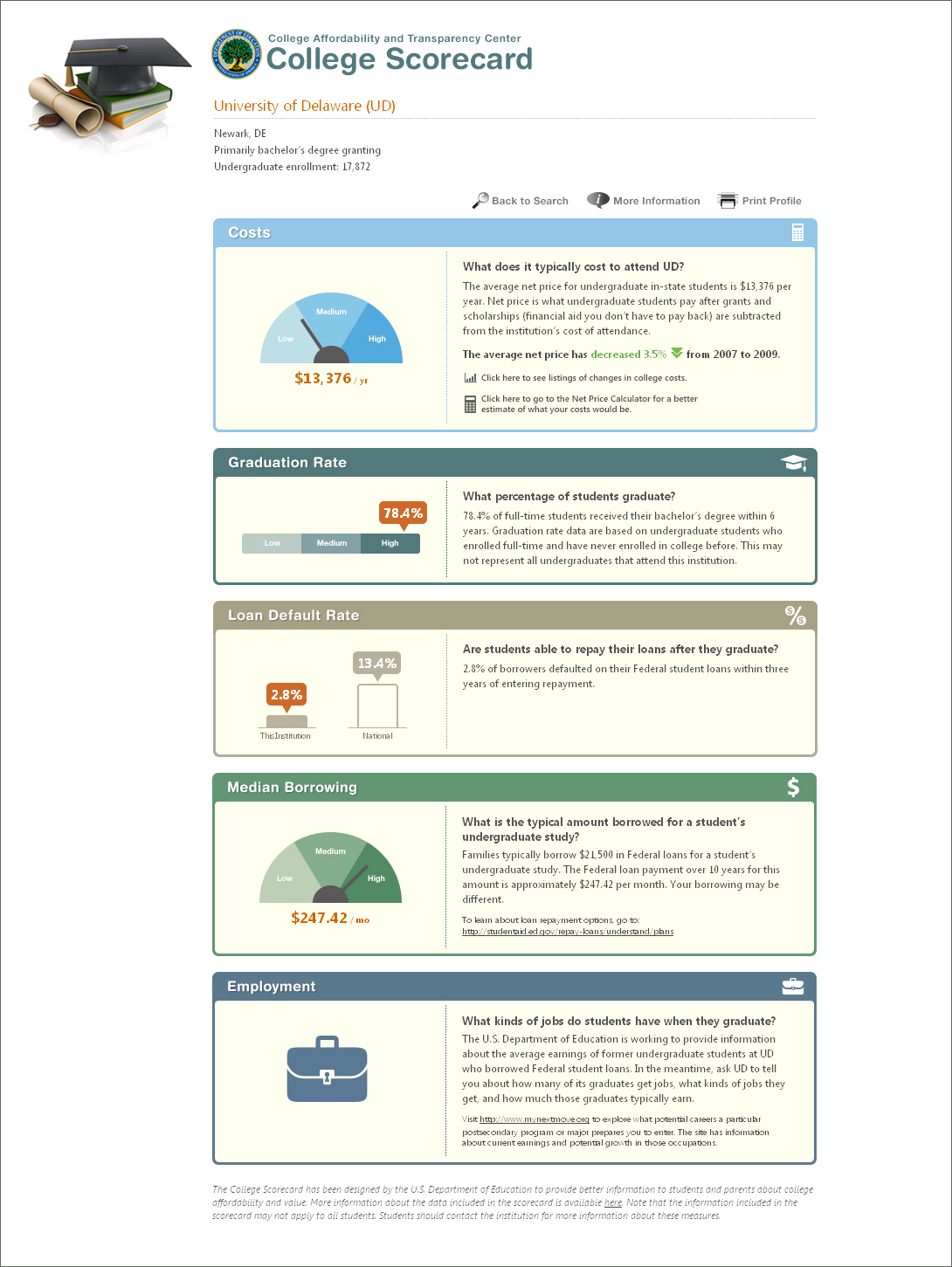Comparison Tools
Comparison tools provide a basis for making choices among competing alternatives. If you’ve ever shopped for a car, for example, you might have consulted a Web site such as Cars.com, which allows you to compare different kinds of automobiles on criteria such as fuel economy, safety features, and resale value (among many other criteria) and view reviews of each model. A growing number of Web sites, as well as apps that you can use on a tablet or smartphone, allow you to compare a number of products, including automobiles, cameras, and phones.
The creators of comparison tools usually try to provide both factual information, such as size and weight, and assessments of quality, such as rankings and ratings. Their goal is to provide readers with both objective data and qualitative judgments about the effectiveness, performance, or value of the items that are being compared. Users of comparison tools expect them to be easy to use. They also look for evidence that the creators of the tool have compiled information that can be trusted. More often than not, a person using one of these tools will value clarity and depth of information over appealing design.
 | U.S. Department of Education |
College Scorecard |
The U.S. Department of Education created its College Affordability and Transparency Center in 2011 to help students and their families find an affordable college. The Center gathers information on two- and four-year colleges and universities, focusing on graduation rate, cost of tuition, and amount students take in loans. The scorecard allows users to enter criteria (region, degree or major, size, etc.) and generate a list of colleges that meet their particular needs. The tool can also be used in reverse, with students entering in the name of a college and seeing how it scores across all criteria.
(Click on the image below to enlarge.)
| Starting a Conversation: Respond to “College Scorecard” | |
 | In the text boxes below, respond to the “College Scorecard” by considering the following questions: |
Question
Question
Question
Question
Question

